Remarks
Sets parameters of an existing volume point.
For further details about defining a volume automation procedure refer to the How to define a volume automation procedure section.
For further details about methods related to the use of special effects refer to the Effects COM object.
Syntax
[Visual Basic]
control.Effects.VolumeAutomationPointSetParameters (
nIndexVolumePoint as Long,
fPosition as Single,
fVolumeLevel as Single,
nCurveType as enumVolumeCurves
) as enumErrorCodes
|
|
[C++]
short control.Effects.VolumeAutomationPointSetParameters (
long nIndexVolumePoint,
float fPosition,
float fVolumeLevel,
short nCurveType
);
|
|
Parameter
|
Description
|
|
|
nIndexVolumePoint
|
Zero-based index of the volume point
|
fPosition
|
Position, expressed in the unit set through the Effects.VolumeAutomationSetScales method, where the volume point will be applied
|
fVolumeLevel
|
Volume applied starting from the current automation point: the value is expressed in the unit set through the Effects.VolumeAutomationSetScales method.
|
nCurveType
|
Type of curve applied to reach the next volume point.
Supported values are the following:
Mnemonic constant
|
Value
|
Meaning
|
|
|
|
VOLUME_CURVE_NONE
|
0
|
No curve is applied: volume will be changed immediately and will be kept till next volume point.
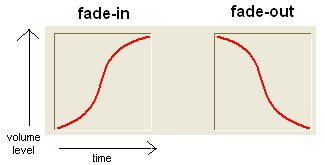
|
VOLUME_CURVE_LINEAR
|
1
|
Linear curve
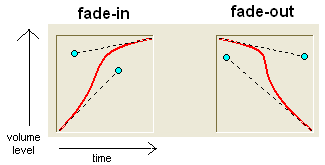
|
VOLUME_CURVE_EXPONENTIAL
|
2
|
Exponential curve
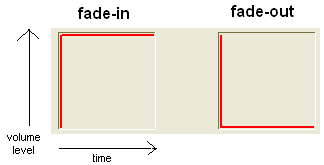
|
VOLUME_CURVE_COSINE
|
3
|
Cosine curve
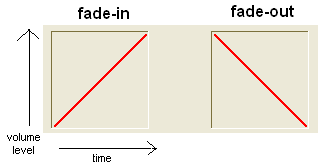
|
VOLUME_CURVE_SMOOTH
|
4
|
Smooth curve
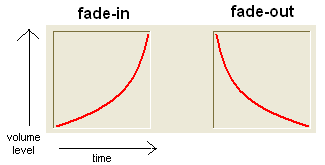
|
VOLUME_CURVE_CUSTOM
|
5
|
Custom Bézier curve.
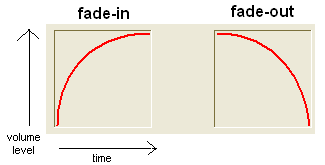
|
|
Return value
Value
|
Meaning
|
|
|
Negative value
|
An error occurred (see the LastError property for further error details)
|
enumErrorCodes.ERR_NOERROR (0)
|
The method call was successful.
|
|





